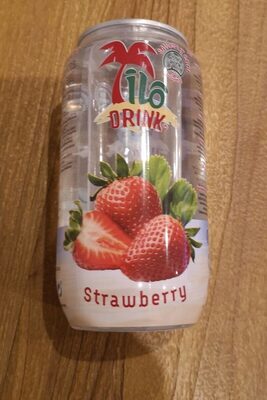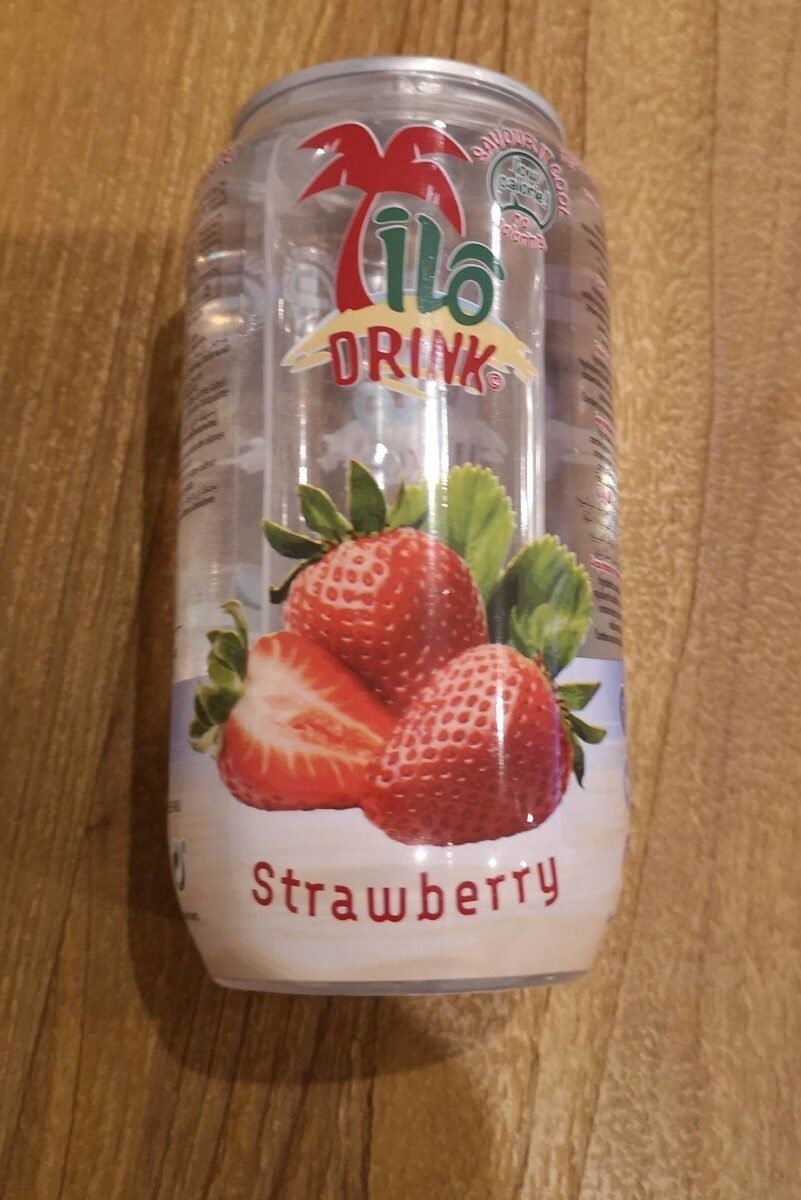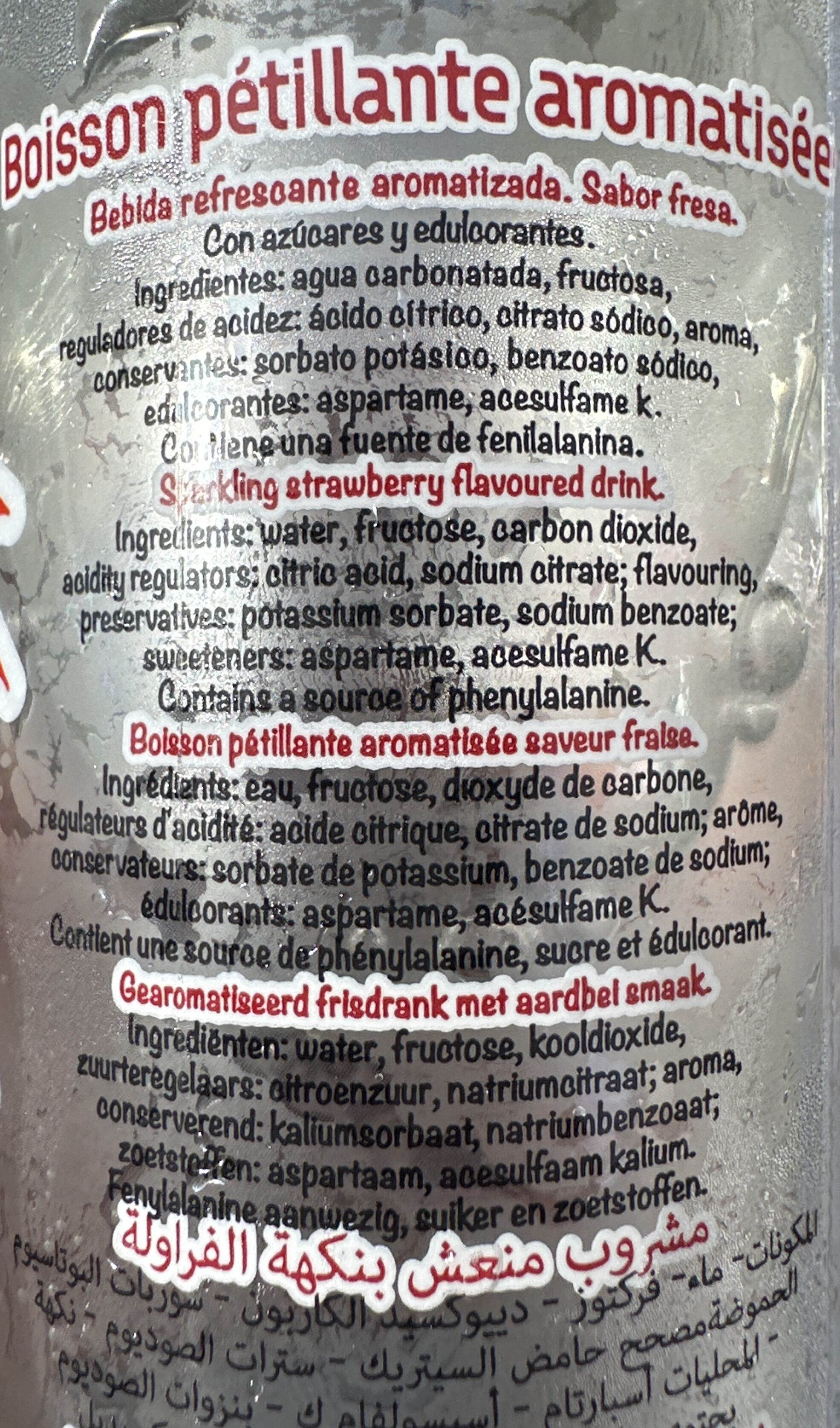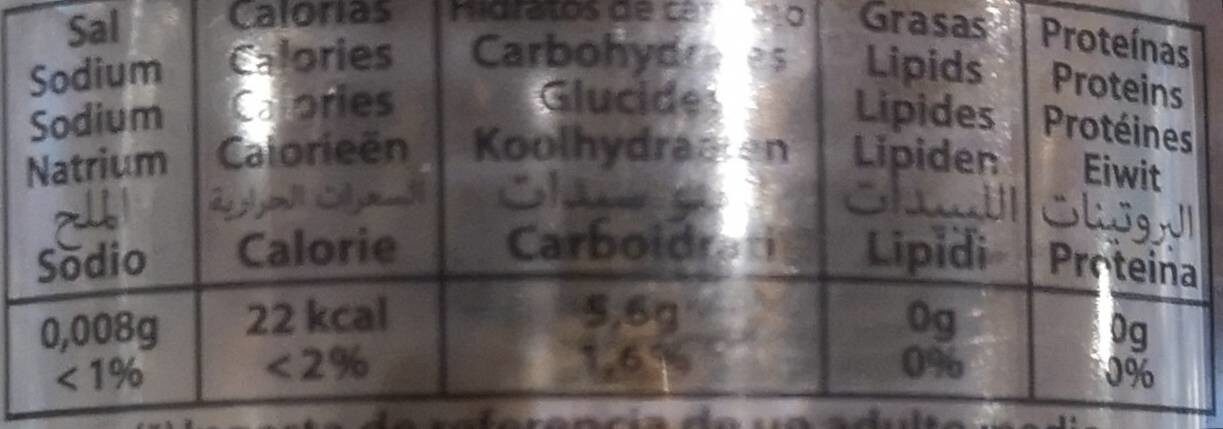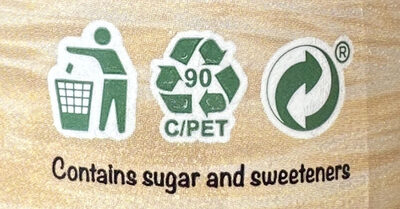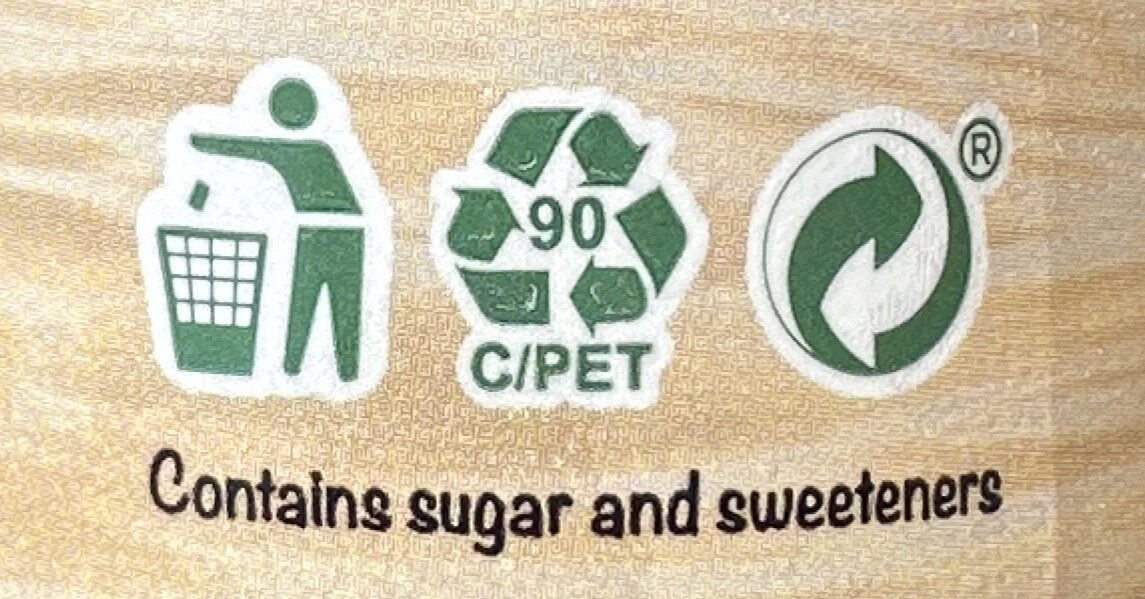Ilô drink Strawberry - 330 ml
Aquesta pàgina del producte no està completa. Podeu ajudar a completar-la editant-la i afegint-hi més dades a partir de les fotos ja disponibles, o fent-ne més amb l'aplicació de androide o iPhone / iPad. Gràcies!
×
Codi de barres: 0638097118317 (EAN / EAN-13) 638097118317 (UPC / UPC-A)
Quantitat: 330 ml
Marques: ilo drink
Categories: Aliments i begudes amb base vegetal, Begudes, Begudes amb base vegetal, Begudes carbonatades, Begudes amb base de fruites, Begudes ensucrades artificialment, Refrescs
Etiquetes, certificacions, premis:
Conté una font de fenilalanina, Punt verd, Sense colorants
Botigues: Leclerc
Matching with your preferences
Report a problem
Fonts de dades
Producte afegit per kiliweb
Última modificació de la pàgina del producte per g123k.
La pàgina del producte, també editada per elcoco, openfoodfacts-contributors, roboto-app, thaialagata, yuka.HL8YbPetMPQrN9zswdtsxBiRLv7MBPtzJXkRog, yuka.Ibt8GNu6HJM-DsCD7tIFhhqUHe7dXOQAOm4NoQ, yuka.K6lIPf_UHP0nH8rzjN0tjAWaDv3qO_1YGV9Qow, yuka.R0xrSEdxb2lwUE1xc2ZFbTNVdlM4NHhmNnNTTEEyV2NHZWNTSVE9PQ, yuka.VnBJYk82MHRvdk1Zc2RnRm9rcmI1STlLOWJuMkJsT3NEY3dESWc9PQ, yuka.YmFwWU5iOG1vK3NqcTlwbTJoS0k1ZEY4NnFINGZEaWRMKzVCSUE9PQ, yuka.sY2b0xO6T85zoF3NwEKvlmNdSPuFm27DPTzQhXKx9PK3dIHyeeov3dDeH6s.
